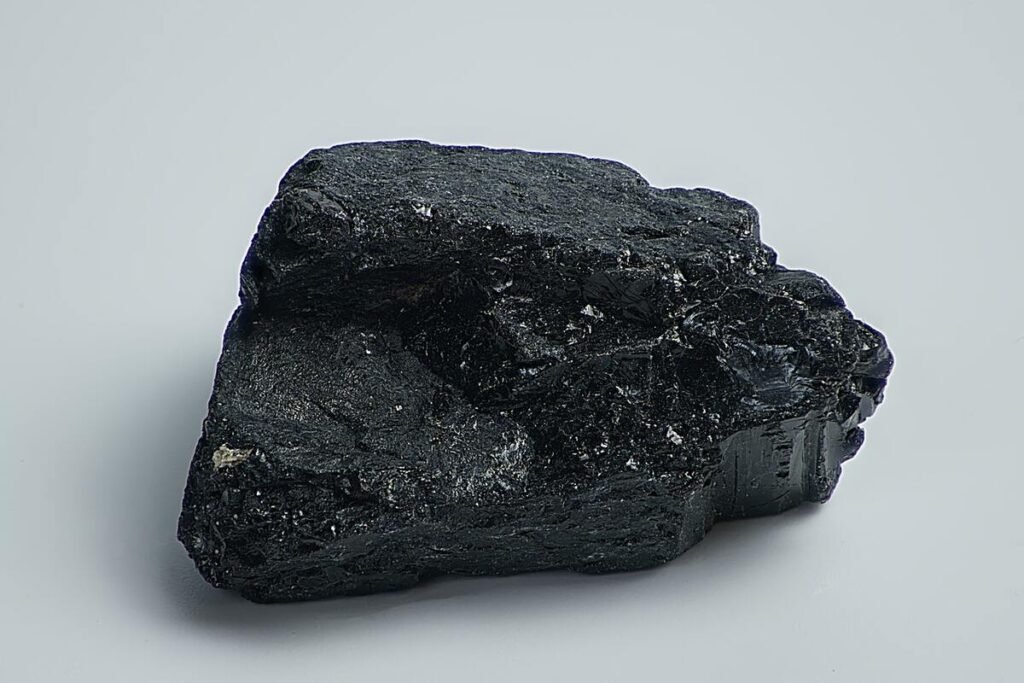Ever wanted to own a piece of space? If you think this is a wish that’s shooting for the stars–quite literally–then think again. Meteorite jewelry is fast becoming a popular must-have in every jewelry box.
Whether you are a traditionalist who prefers from-Earth stones or if you want to egxperiment with what you can wear on your finger, meteorite accessories may be the next trend you want to try out. Here are a few things to remember before you head off to buy your very first rock from space.
Meteors 101: What You Need to Know About Mineral Jewelry
There’s a common misconception that meteorites are very rare to find. They may have been floating in space, but that does not mean that there aren’t a few that crash-landed here on Earth.
First, it’s good to define the difference between a meteor and meteorites. Meteors are the space rocks that may enter the atmosphere of a planet that they come into contact with. They are large bodies, often called meteoroids when they are still in space. When they enter the atmosphere, they become meteors, and they tend to burn up as they travel through the planet’s atmosphere.
Most times, these pieces break off and burn up. However, the rocks that survive and land on earth Earth are called meteorites. What makes meteorites rare in a sense is that only 5% of meteors actually make it to the planet’s surface. When they do, they are already in smaller pieces and fragments, shiny and burned, giving them a unique appearance.
What is meteorite jewelry made of?
Scientists have found three types of meteorites that come to Earth. There is the iron meteorites, the stony meteorites, and the stony-iron meteorites.
As its name suggests, the iron meteorite is made up of iron-nickel metals. These also have traces of sulphide and carbide. Scientists believe that they are completely made of metal, but also have the closest structure to the rocks seen on Earth. The stony meteorites are made of silicate materials, giving them an overall gray appearance. While they may not be the most attractive of meteorites, they carry the history of how the solar system came to be, especially the chondrites.
Stony iron meteorites have 50-50 composition of the irony and stony meteorites. Their unique structures make them the most prized meteorites stones, especially because the patterned appearance gives them a quirky out-of-this-world formation.
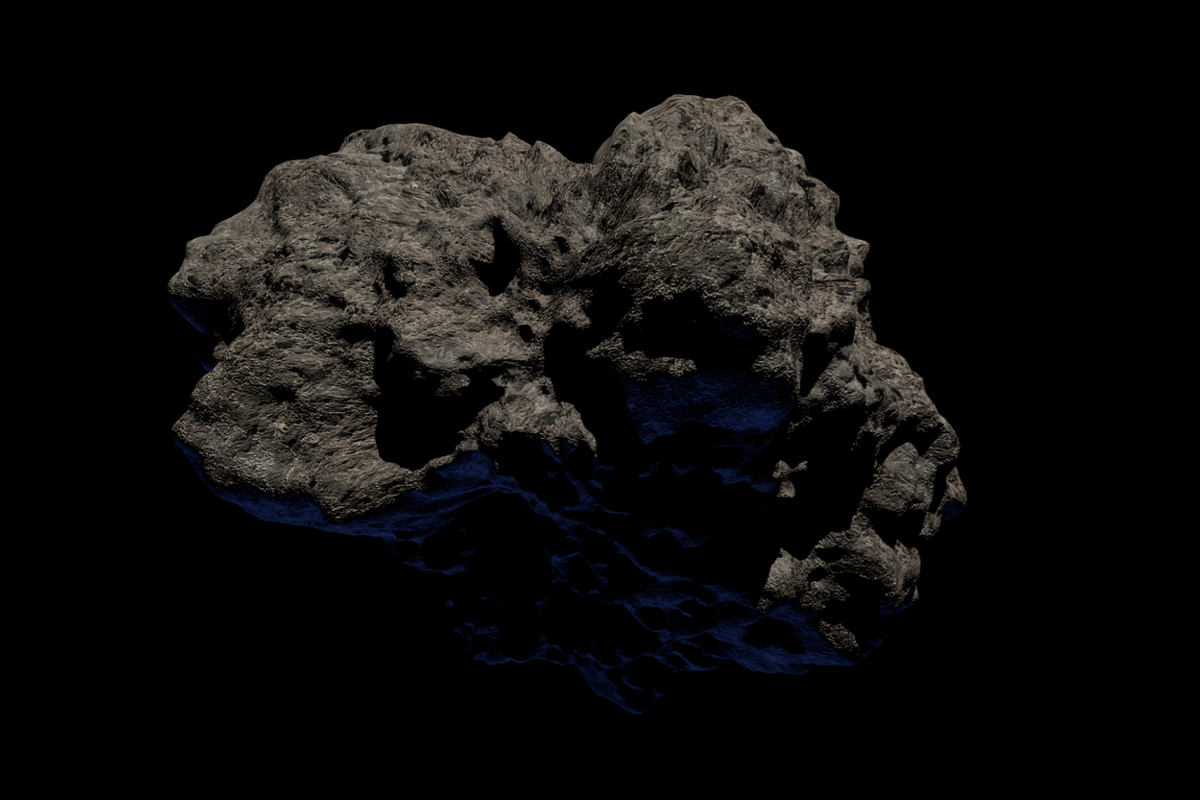
Jewelry from ancient history
Considering the quirky appearance of some of these stones, it’s no surprise that meteorite jewelry may be something of value for collectors. Some even create a meteorite charm, if they are able to get their hands on the material.
Interestingly, this practice did not happen just recently. In earlier times, meteorite stones were made into charms because of their origin. Not only were they stones that were literally sent from heaven, but they also contained metals and minerals that appeared to have healing properties.
Magnetic stones, such as that in iron meteorites, are believed to help purify the owner’s blood when they wear it. This made iron meteorites popular as potential charms and pieces of jewelry.
The Most Popular Meteorite Stones
Even among the three types of meteorites, there may be different stone formations that can be seen. Here are some of the most known meteors that bore some of the unique meteorite jewelry pieces around.
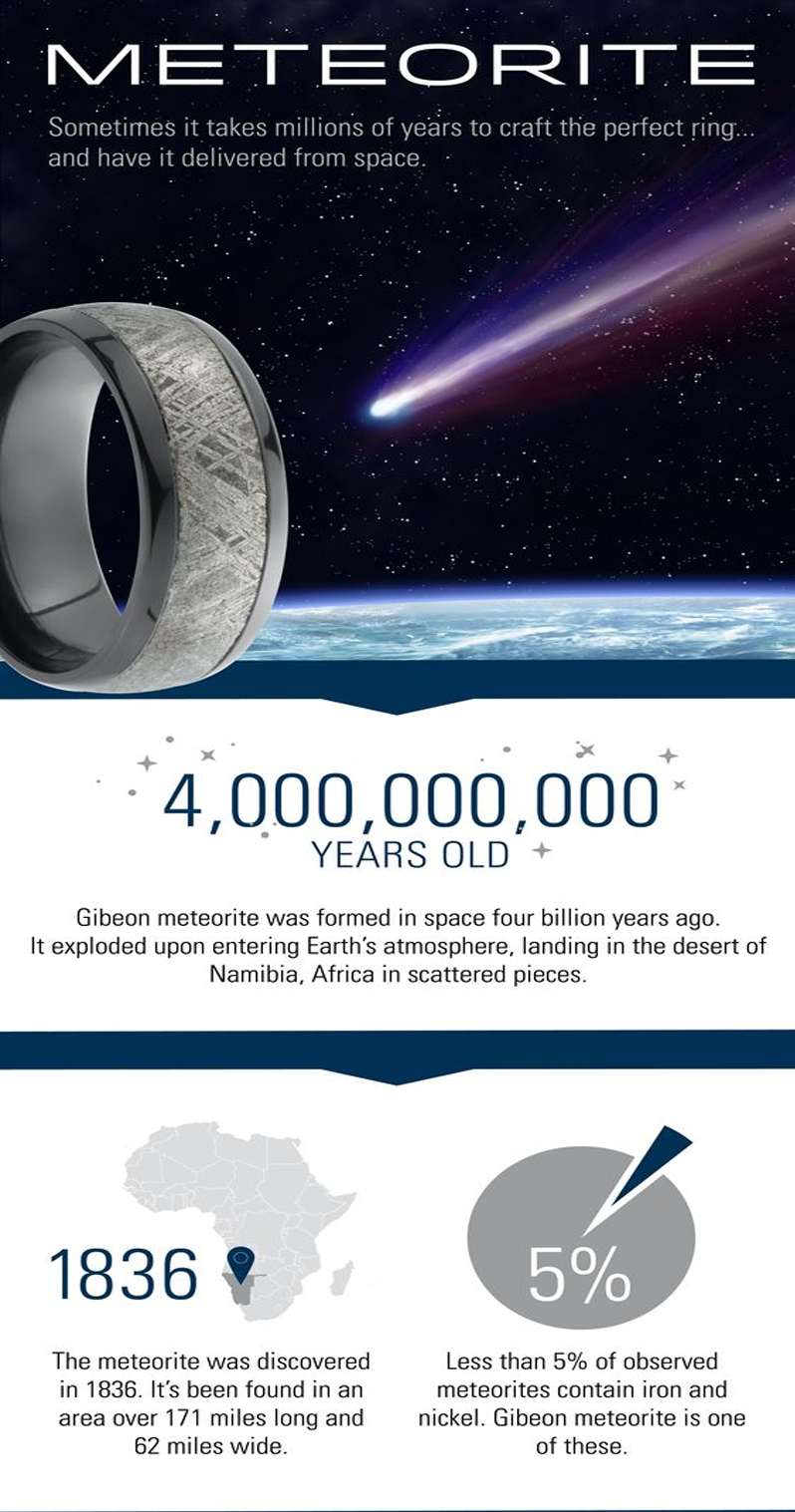
Gibeon meteorite
If there was a meteorite stone that would make for a perfectly unique piece, it would be the Gibeon meteorite. Fragments from this are actually no longer available in the market, according to Titanium-jewelry. The only way that one can get a hold of a piece is to find pre-ban fragments that can be shaped into a piece for a ring.
The Gibeon meteorite, which is made of iron and nickel, landed in the coast of Africa over 30,000 years ago but was only discovered in the 1800s by the British. However, earlier populations in the area have been harvesting it to make weapons, such as arrowheads.
Its unique pattern earned it the design name Widmanstatten line. Of all meteorite stones, this is what sets the Gibeon meteorite apart. Usually, these patterns are harder to fake because the appearance was created by forces of the environment and not artificially made. Best of all, because of its nickel content, this acts as a sort of protective barrier to ensure that the stone will not rust over time even with continued use.
Olivine meteorite jewelry
Some meteorites are actually already commonly used as jewelry. You may not have heard of the olivine deposits in meteorite stones, but you may have heard of the peridot gemstone.
The peridot gemstone actually comes from a rare meteorite called the Pallasite meteorite. This kind of meteorite has olivine deposits, which appear to be uneven splotches of gold and brown on the stone’s surface.
In 2006, a farmer found a pallasite meteorite in Conception Junction in Missouri. After the rock was analyzed, experts pegged its price tag at around $850,000 at the time.
Pallasite meteorite jewelry is not uncommon back in the earlier years of Egyptian history. It has been referred to as the gem of the sun, especially because extraterrestrial peridot gems were famous for their supposed healing properties.
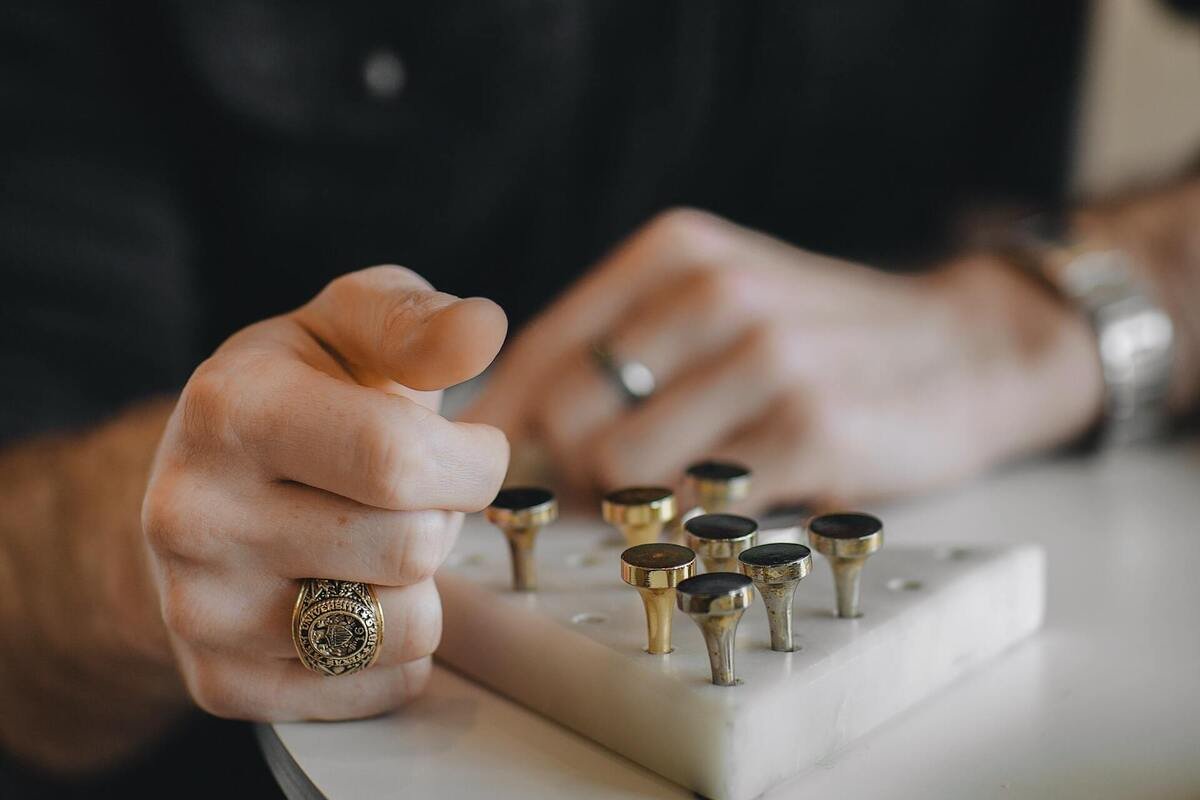
Fukang meteorite
When it comes to epic proportions in terms of size and grandeur, the Fukang meteor may top all on the list. When the Fukang rock was first discovered in 2000 in Xinjiang province, it was almost as big as a small child. The largest portion of the cut pieces already weighed 925 lbs and was priced at $2 million.
Even while being raw and still unpolished, its olivine deposits were of an intense gold color that when hit by sunlight, sparkled. The olivine deposits were truly a marvel to behold.
Imagine creating a Fukang meteorite jewelry out of this stone–its mosaic pattern alone is enough to garner the room’s attention. This piece alone is worth the investment in jewelry due to its unique appearance.
What makes meteorites popular
Meteorites make for great jewelry not only because of the prestige of wearing a piece that is out of this world. Expert jewelers love the patterns that are formed when the stones are cut in a cross-sectional manner.
Some create geometric patterns, others create sweeping, unpredictable designs. All of these can be enhanced with a good acid bath to bring out the color.
Jewelers will often mount or set them in gold or silver, depending on which metal can highlight the patterns. The silvery appearance of an iron meteorite can be beautifully set in a silver or pewter metal to highlight the contrast. Gold can set off silicate crystals of stony meteorites.
Great styles for meteorite jewelry
While meteorites are very rare–and jewelry made from them even rarer–there are already some collections that feature unique designs. Most of these jewelry pieces are geometrically shaped, which highlight the patterns of the stones, especially those that have unique designs.
This is more valuable for jewelry. With the rarity of meteorite pieces, creating a special ring, whether it is an engagement ring or even a wedding band, is a great first step.
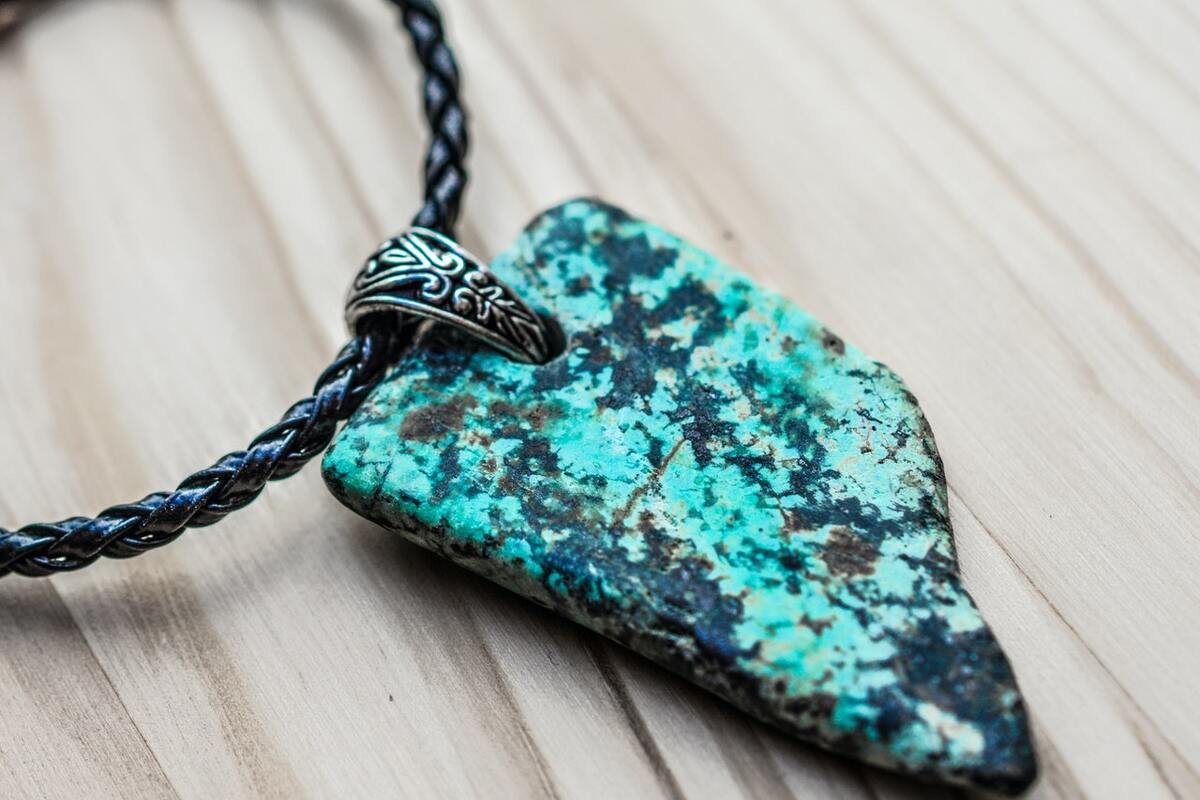
Out of This World or Ordinary Knock-off? Tips to Tell
Given how rare some meteorite stones are, it’s no wonder that fake meteorite jewelry have made their way into the market. It’s hard to avoid getting duped by paying a good, reasonable price only to find out that you do not actually own a bit of space in your ring.
If this is the case, there are a few key steps that you can try in order to spare yourself getting knock-offs.
Always look for the certificate of authenticity
How can you tell if a meteorite is real? The easiest way is to make sure that the jeweler gives you a certificate of authenticity. This ensures that your meteorite comes from an authentic source.
There are some stones that already appear as black rings. These stones have value on their own, but these differ greatly from meteorite stones.
Space stones are magnetic
A simple test that you can do is to see whether the piece of meteorite is magnetic. Use a magnet to check if the meteorite will attract it. If it does, then chances are you have yourself an authentic piece.
The rust factor: It’s a plus!
If you think that rust adds to a meteorite’s cons for buying, think again. If a piece of meteorite jewelry rusts, then chances are, it’s an authentic piece.
Remember, iron rusts, and most meteorites are majorly made up of iron composites and materials. Some are mixed with nickel, which prevents it from rusting. Having an authentic piece of space means you need to take good care of it.
Look out for the patterns
Whether it’s the crisscrossed lines of a cross-sectional cut or the mosaic-like patterns by olivine deposits, meteorites have a distinct look about them. These patterns are naturally occuring, despite the artificial and geometric patterns that they have.
Pros and Cons of Space Jewelry
If you have ever asked yourself why you should get a meteorite ring, you can come up with many reasons, especially if you are the type who likes standout accessories. Meteorite jewelry exudes a unique and cool vibe. Imagine not wearing something from this world. At the same time, the material also goes well with most metals.
At the same time, meteorite jewelry has the unique factor of patterns that boosts its value. Every piece, even those cut in the same way, may have a different shape and pattern on it. This makes them great as fashion jewelry, especially since they can be more affordable than semi-fine jewelry.
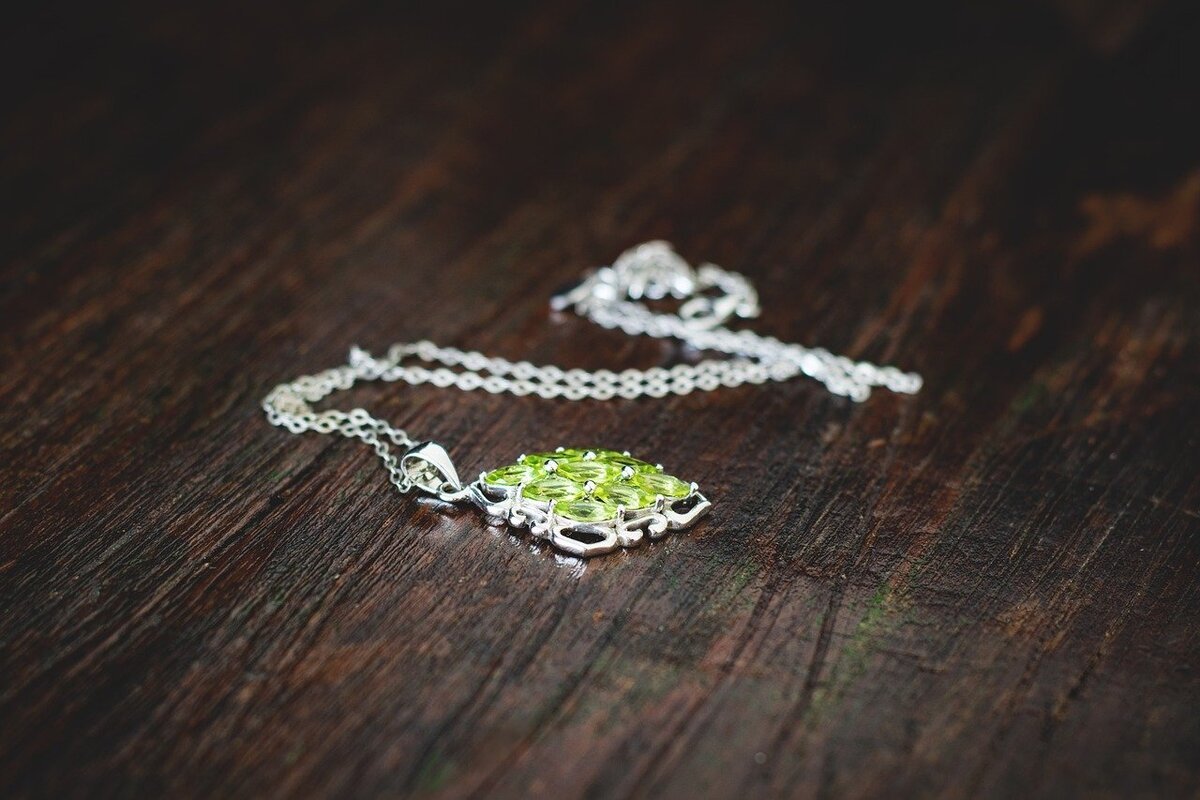
If there was one downside to owning meteorite pieces is that they have the tendency to rust. This will be even more prominent for iron meteorites, especially if they are not properly cared for.
Caring for Meteorite Jewelry
If the allure of space rock is more than the possibility of rusting, then the next question to ask is, “How do you care for meteorite jewelry?” In the same way that fashion and some precious metals can tarnish if not properly maintained, meteorite jewelry can suffer from the same risks.
Keep away from harsh chemicals
Even if your meteorite jewelry may have a different composition from the rocks on Earth, they may still not react positively to harsh chemicals. Avoid diving into the pool with your meteorite ring still on, as the rock may react negatively to chlorine. The same goes for ocean water–avoid submerging it for long periods.
While the likes of the Gibeon meteorite may be more resistant to rusting, this does not mean there will not be a threshold for its rust-proof quality. Avoid exposing it to too much moisture as much as possible.
Scrub off rust immediately
If your meteorite ring shows some signs of rusting, make sure you act on it immediately. Use an old toothbrush to scrub it off. Jewelry enthusiasts suggest using CLR cleaner or toothpaste to scrub off the rust.
Seal the ring with oil
One last step of the cleaning process for your meteorite jewelry is to seal it with oil. Meteorite jewelry owners make use of gun oil to coat the ring and store it for some time in a small container. After a good soak, make sure to wipe off the oil using a smooth cloth to avoid damaging the piece.
For those who wonder–do meteorite rings last?–it’s more of a question of the amount of care one can give to the ring. There are a number of ways on how to make jewelry last, regardless of what material is used and where they came from.
To learn more about how to create rings–and how to potentially fashion a unique setting for your peridot, read our article, “Setting in Stone: Understanding the Basics of Diamond Settings.” Also, always keep in mind that while diamonds may be the favorite precious stone for jewelry pieces, meteorites are notorious for being unique and quirky.
